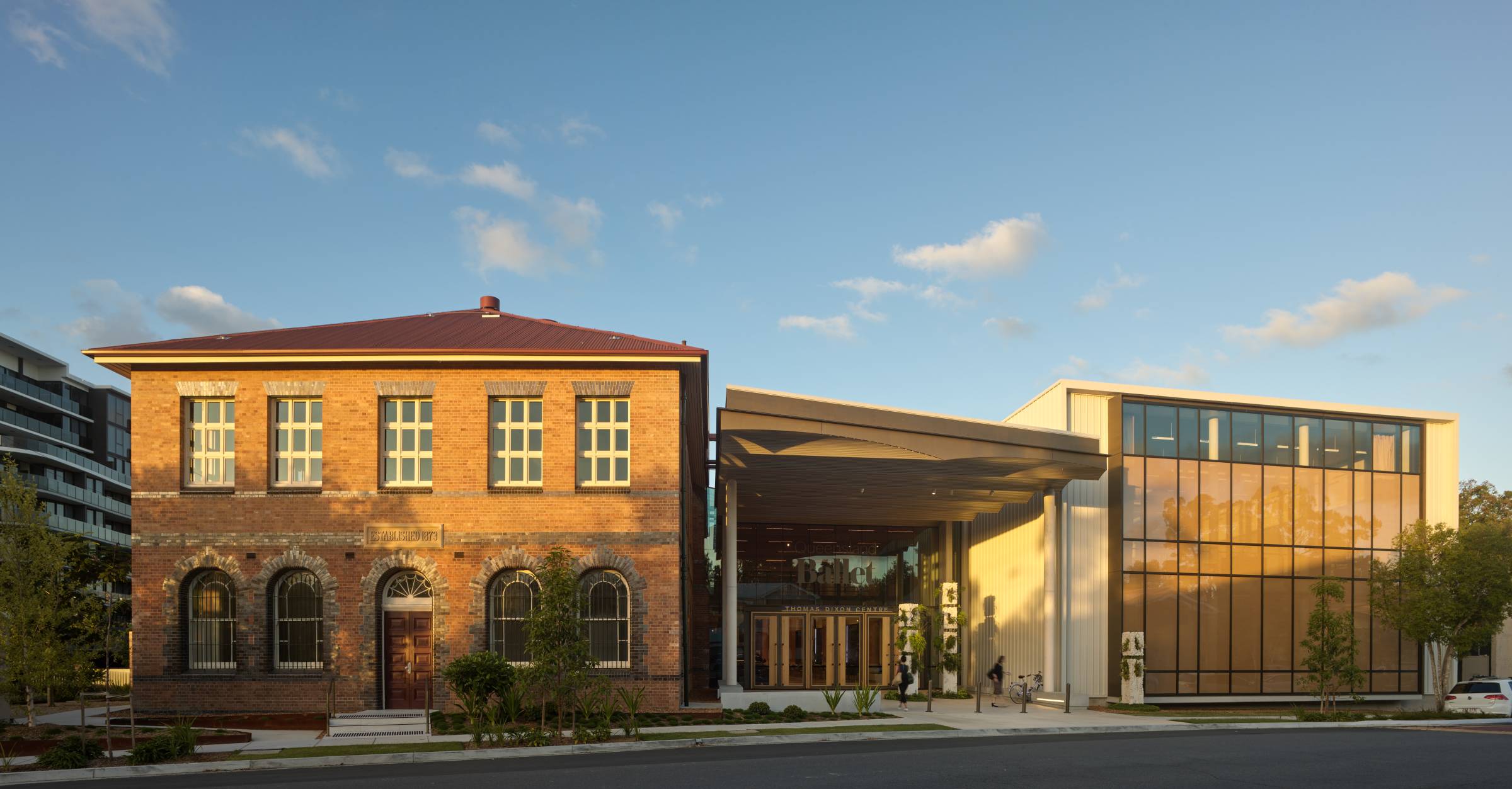Senior Associate
Tamarind Taylor

Studio:
Brisbane
Qualifications:
Masters of Architecture
Bachelor of Architectural Design
Bachelor of Interactive Techonology (Animation)
Contact:
tamarind.taylor@architectus.com.au
Tamarind is a highly accomplished architect, known for her curious and considered approach that she applies to a range of small to large-scale heritage, adaptive reuse, educational, cultural, commerical and residential projects.
Tamarind’s ability to work closely and effectively with her clients ensures they are well informed of the process and progress of projects. She provides the essential link between the consultant team and client, constantly probing the possibilities and investigating the latest design and technology options to enhance the sustainability credentials of the build. She has played a pivotal role on many projects, in particular Thomas Dixon Centre – home of the Queensland Ballet.
Tamarind was awarded the Queensland Emerging Architect Prize for 2021 and she also received a High Commendation in the Heritage Professional category of the Australia ICOMOS President’s Awards in 2020. Her co-authored paper, with Dr Chris Landorf of the University of Queensland, titled ‘Subject-Object Perceptions of Heritage: A Framework for the Study of Contrasting Railway Heritage Regeneration Strategies’, has recently been published in the International Journal of Heritage Studies. The paper, with consideration of two historic railway workshop complexes in Australia, reveals the subliminal impact of heritage legislation and suggests the need to consciously manage perceptual experiences; firstly, as a strategic objective in any redevelopment process and, secondly, as a means to integrating meaningful site-specific interpretation into the longer term management of cultural significance.
